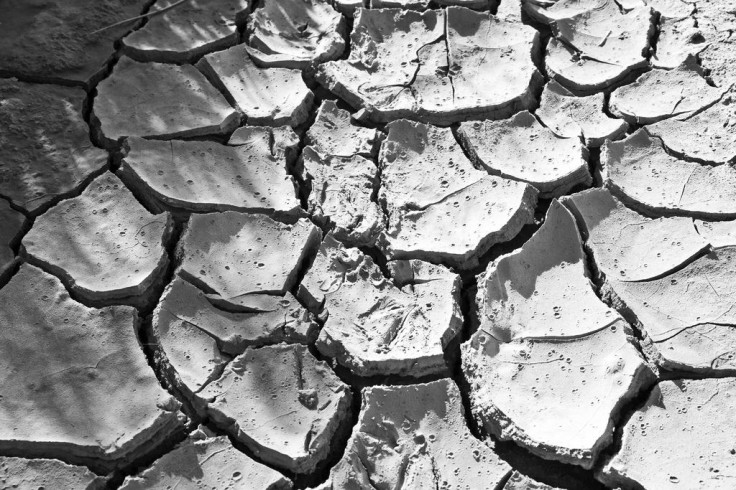The California Drought Is 15 To 20 Percent More Severe, Thanks To Climate Change

California’s drought may be the worst on record, but why? A new study published in Geophysical Research Letters points its finger towards climate change,
Researchers from Columbia University’s Lamont-Doherty Earth Observatory, NASA’s Goddard Institute of Space Studies, and the University of Idaho found that as a result of human-generated shifts to the earth’s temperature and weather patterns, the drought ravaging the Golden State is 15 to 20 percent more severe. Higher temperatures mean more water than usual is escaping from the earth via evaporation, VICE News reported — plants, soil, rivers, and lakes will need more rainfall to balance out the amount they are losing. What’s more is the study found that by 2060, California will likely experience permanent drought conditions.
“A lot of people think that the amount of rain that falls out the sky is the only thing that matters,” Park Williams, lead study author and bioclimatologist at Lamont-Doherty, told VICE. “But warming changes the baseline amount of water that’s available to us, because it sends water back into the sky.”
Williams and his team pinpoint the cause of drought to a ridge of high-pressure air looming over the northeast Pacific, which prevents the air from carrying moisture from the ocean to land and fall as rain. The ridge has since been nicknamed the “Ridiculously Resilient Ridge,” because it has yet to end. Stanford scientists have said these persistent ridges will become more frequent in drought-prone areas, so we may as well get used to these kinds of conditions.
While climate change isn't completely to blame for the drought, Williams said it is certainly to blame for the severity of it. “The timing of wet and dry years is still caused by natural climate variations, but having this underlying trend towards a warmer atmosphere makes the dry years feel worse and the drought effects worse,” he said.
Consider California's second problem: wildfires. According to the Washington Post, wildfires have destroyed 144,253 acres of land in California in the past year alone compared to the average of 61,348 acres from the past five years. Throughout the Central Valley, farmers are having a hard time obtaining water to irrigate their crops, being forced to drill deep into the earth for ground water. Researchers at the University of California, Davis estimated that the agricultural sector has experienced $1.84 billion in damages, causing over 10,000 seasonal jobs to be lost.
This study then, VICE added, comes at a crucial time, politically. This December, diplomats will convene in Paris to discuss climate change in an effort to establish an international agreement to decrease greenhouse gas emissions. After having to impose serious water cuts throughout 2015, Governor Jerry Brown (D-Calif.) says the drought speaks for itself.
"It's time for Republicans, foot-dragging corporations, and other deniers to wake up and take sensible action before it's too late," Brown said.
As if the drought and ravaging wildfires weren't enough, NASA found the San Joaquin Valley have started to sink in response to climate change. Due to the consistent pumping of ground water in the region, the land is sinking up to two inches each month in some locations.
According to Robert Mera, a climate researcher for The Union of Concerned Scientists, climate change isn’t something of the future — it’s happening now. He told VICE we're starting to see the undeniable impact humans have on the environment.
When the drought will end remains to be seen, but it is safe to say that now is as good a time as ever to reevaluate practices that have worsened these conditions.
Source: Williams P, Seager R, Cook B, et al. Contribution of anthropogenic warming to California drought during 2012–2014. Geophysical Research Letters. 2015.
Published by Medicaldaily.com



























